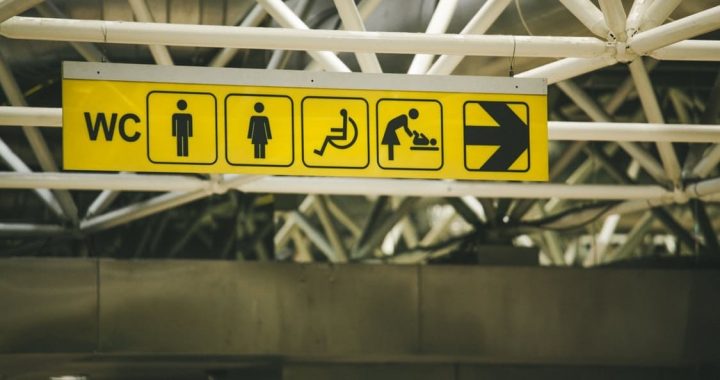In the bustling world of large-scale events, safety is always a top priority. With thousands of attendees converging in one location, maintaining order and ensuring everyone’s well-being becomes a complex yet essential task. Here, safety signs play a pivotal role in guiding crowds, communicating risks, and ensuring a smooth and secure event flow.
Effective Crowd Management
One of the primary functions of safety signs at events is to facilitate crowd management. Whether it’s directing attendees to specific areas or indicating the safest routes to follow, signs provide clear and easy-to-understand directions. The use of bold, legible fonts and universal symbols ensures that attendees, regardless of language or familiarity with the venue, can navigate their surroundings efficiently.
From entry points to exit paths, strategically placed safety signs help keep congestion at bay. They inform guests about emergency evacuation routes, prevent bottlenecks, and direct them to various services like medical assistance or restrooms. The result is a smoother, more enjoyable experience for everyone involved.
Communication During Emergencies
Safety signs become even more crucial during emergencies. In a large crowd, quick and clear communication is essential. Imagine a situation where an unexpected event, such as a fire or natural disaster, occurs. Panic can spread quickly, and without proper signage, people may not know where to go for safety.
In these moments, safety signs guide attendees to emergency exits, assembly areas, and safety zones. They provide instructions that can save lives, especially when other forms of communication, like loudspeakers or public announcements, are not feasible due to noise or distance. Having clear emergency signage in place can make a critical difference in preventing chaos and ensuring that people can evacuate calmly and efficiently.
Compliance with Health and Safety Regulations
Large-scale events are bound by strict health and safety regulations. Event organisers must adhere to laws that protect both staff and attendees. Safety signs are an integral part of meeting these requirements. They are often legally required to display fire exits, hazard zones, restricted areas, and other safety information to comply with local laws.
Moreover, safety signs help in maintaining crowd control by indicating areas of limited access or high-risk zones. For example, areas near stage equipment, heavy machinery, or high-voltage areas must be clearly marked to prevent individuals from unknowingly entering dangerous spaces. Failure to comply with these regulations can result in hefty fines or, worse, unsafe conditions that compromise the event’s success.
Promoting Accessibility
An often-overlooked aspect of safety signs is their role in promoting accessibility. Large-scale events tend to attract a diverse range of people, including those with mobility challenges, hearing impairments, or other special needs. Safety signs are essential in providing accessible routes for those with disabilities, such as ramps, lifts, and wider entryways.
Moreover, visual and tactile signage, such as Braille on restroom signs or arrows indicating accessible seating, ensures that everyone can navigate the venue safely and confidently. Accessibility is not just about meeting legal requirements; it’s about creating an inclusive environment that allows all guests to fully enjoy the event.
Preventing Accidents and Injuries
Events are often held in large, open spaces where numerous hazards can exist. These can range from wet floors to uneven ground, tripping hazards, or even the potential for accidents due to overcrowding. Safety signs help mitigate these risks by warning attendees of potential dangers before they occur.
Warning signs about slippery floors, low-hanging objects, or wet paint ensure that guests are aware of potential risks and can take the necessary precautions. Clear demarcation of walkways and safety barriers also helps prevent accidents and ensures that people stay within designated safe zones. This proactive approach to safety can significantly reduce the risk of injuries, keeping the event a pleasant experience for all involved.
Enhancing the Event Experience
Ultimately, the role of safety signs goes beyond just ensuring compliance or safety. They help enhance the overall event experience by providing a sense of security and order. When attendees feel safe and well-informed, they are more likely to engage fully with the event, which boosts their overall satisfaction.
Safety signs not only help prevent accidents but also reassure attendees that their safety is a priority. The presence of clear and visible safety signage contributes to a positive, stress-free atmosphere, where guests can enjoy the event without unnecessary worry.
Conclusion
In large-scale events, the importance of safety signs cannot be overstated. From crowd control and emergency communication to ensuring accessibility and preventing accidents, these signs serve as a vital tool in creating a safe, enjoyable experience for all. As such, event organisers must ensure that safety signs are well-placed, easy to read, and comprehensive, reinforcing the commitment to safety and well-being throughout the event.

